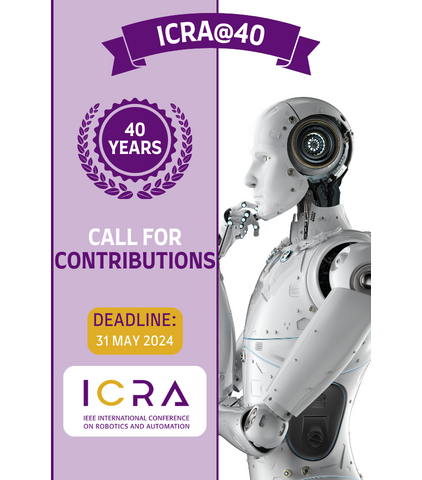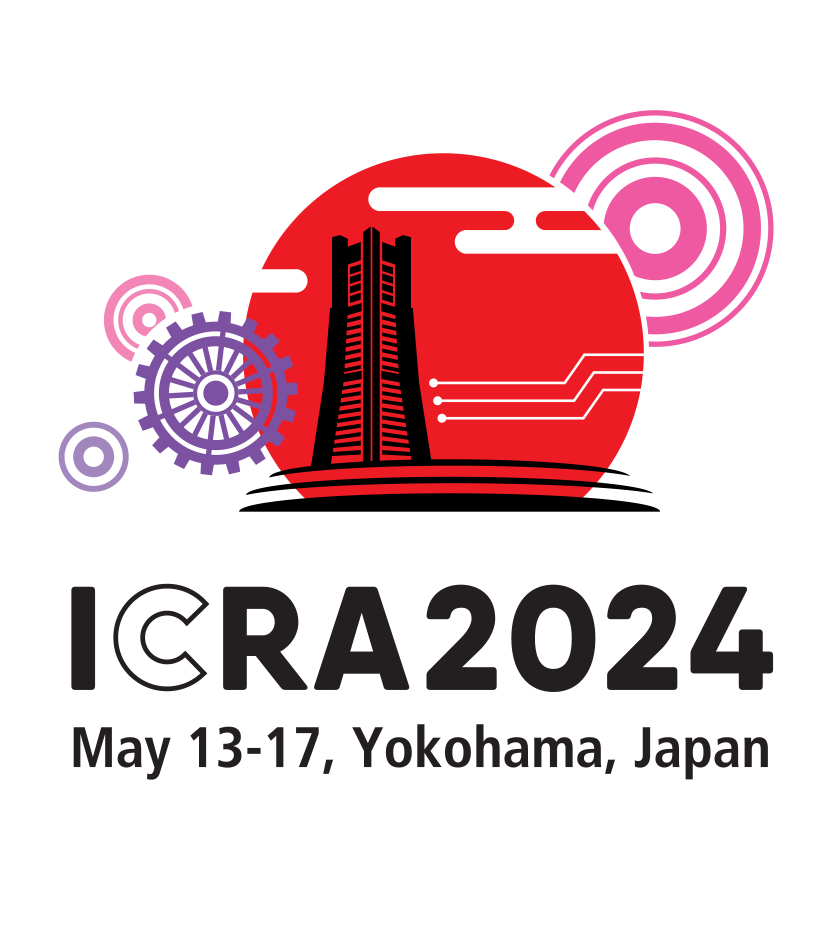RAM Special Issue on Robotics Response for the COVID-19 Outbreak
The coronavirus pandemic has quickly become the most dramatic and disruptive event experienced by this generation.
The disease has spread very quickly around the world and the growing number of new infections and patients in need of intensive medical care has pushed clinical services care beyond their limits, revealing a shortage of trained personnel and lifesaving equipment, such as ventilators. In addition, frontline health professionals operate in highly infectious areas, exposing themselves to the risk of becoming infected. The most common political response to mitigate the spread of the disease has been to promote social distancing, and locking down entire countries. Although being effective, these measures impose heavy social and economic consequences.
All that has an impact on the perspective we can take on robotics and its progress. The robots’ possibilities for human replacement and remote operation in risky environments and tasks, as well as in proxying social interaction, have gained interest and value for potential help in the pandemic. Robotics and automation technologies are already playing a critical role in this crisis, since testing and life supporting equipment are in general automated, but in the past months we have seen the human creativity emerge in the fight against this pandemic, using robots in applications never seen before, such as helping to protect people by disinfecting risky environments, detecting disease, monitoring social distancing, providing remote care, promoting social interaction of confined patients, supporting remote work, delivering medical supplies to hospitals and goods to persons at home or in hard to reach places, etc.
These applications, which typically involve the deployment of robots in normal living environments, their operation by non-skilled personnel and the interaction with the common population, impose significant research challenges that need to be addressed and overcome. Additionally, the use of robots for the regulated fields of health care and for public safety as well as for interaction with common citizens raises ethical, safety and reliability concerns that also need to be carefully considered.
This special issue, edited by the IEEE RAS Special Interest Group on Humanitarian Technologies (SIGHT), aims to present up-to-date results and innovative advanced solutions on how robotics and automation technologies are used to fight the outbreak, giving particular emphasis to works involving the actual deployments of robots with meaningful analysis and lessons learned for the robotics community. The editors will accept both conventional full length contributions and short contributions reporting practical solutions to the problem that have proven effective in the field. The topics of interest for paper submissions include, but are not limited to:
-autonomous or teleoperated robots for hospital disinfection and disinfection of public spaces.
-telehealth and physical human-robot interaction systems enabling healthcare workers to remotely diagnose and treat patients.
-hospital and laboratory supply chain robots for handling and transportation of samples and contaminated materials.
-robots use by public safety and public health departments for quarantine enforcement and public service announcements.
-social robots for families interacting with patients or with relatives in nursing homes.
-robots enabling or assisting humans to return to work or companies to continue to function.
-case studies of experimental use of robots in the COVID-19 pandemic.
Important Dates:
May 2020 – Call for papers
31 July 2020 – Submission deadline
15 September 2020 – First decisions on manuscripts
30 October 2020 - Resubmission
30 November 2020 – Final decisions
10 December 2020 – Final manuscripts uploaded
March 2021 – Publication
Click here for more details.







